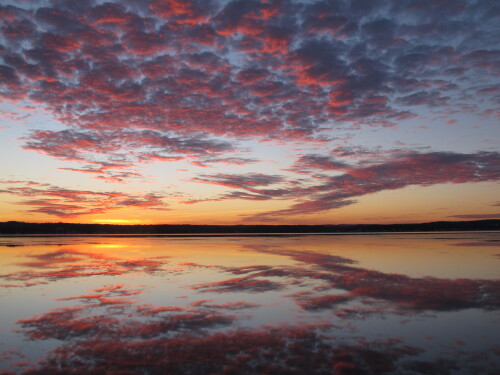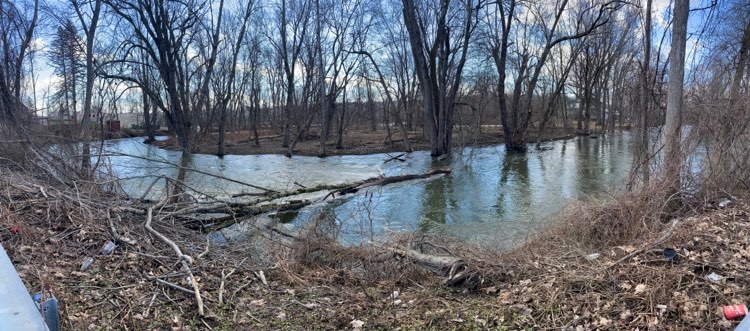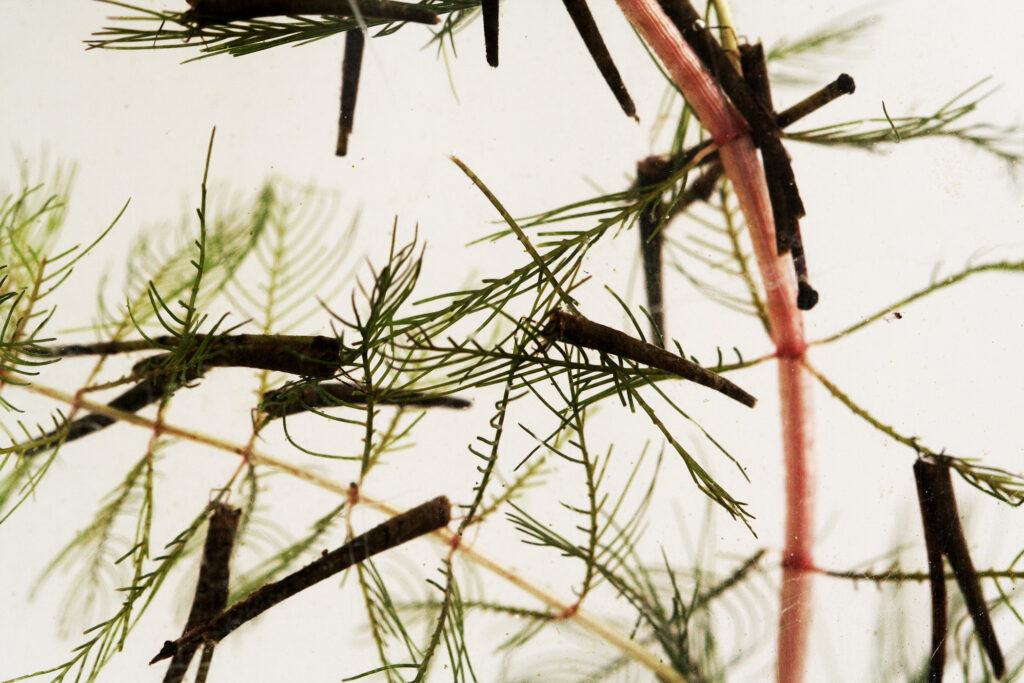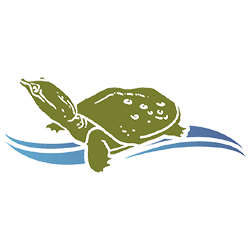| Happy New Year to you from all of us at the Chautauqua-Conewango Consortium! We are eagerly looking forward to making the most of every opportunity 2022 offers us to fulfill our mission to act on, advocate for, and communicate about local water quality issues. Congratulations to our neighboring watershed of French Creek! Pennsylvania has named French Creek the 2022 River of the Year. Here’s what’s on our CCC agenda for the months ahead: Continue to monitor water quality issues in Chautauqua Lake through observation, data review, study of satellite images of Harmful Algal Blooms, monitoring of applications for herbicide treatments, and ongoing dialogue with the NY Department of Environmental Conservation. Celebrate the 50th Anniversary of the Federal Clean Water Act. While the Act has successfully reduced water pollution across the country, we are at risk today as further development, recent deregulation, and lack of funding put more critical sites in jeopardy. In 2022, the CCC plans to follow and highlight the ongoing clean-up of the lower Chadakoin River (see item below) and the growing threats posed by plastic pollution and stormwater runoff. Grow local partnerships that confront the reality of climate change and prepare for its impact on our environment. Warmer winters, hotter summers, more intense precipitation, and climate refugees who see the Great Lakes Region as a future safe haven all will change local norms. We plan to study, partner and spread awareness so that we all can be best prepared to manage a challenging future. |

| The Clean Water Act at 50 Throughout the year, the Waterkeeper Alliance and its affiliates will be celebrating the many accomplishments of the Federal Clean Water Act of 1972 while spotlighting local projects that embody the Act’s spirit to restore and maintain the chemical, physical, and biological integrity of the nation’s waters. One such project is getting underway now in our backyard… Restoring the Lower Chadakoin River The Chautauqua Watershed Conservancy, the City of Jamestown, and other local partners have just embarked on Phase 1 of a multi-phase clean-up and restoration project focusing on the 3.5 mile stretch of the Chadakoin River between the Warner Dam and the city line at Falconer. This stretch of the river has been long neglected and in recent years has been severely impacted by the death of ash trees caused by the Emerald Ash Borer. The initial phase of the project is being funded by $277,750 in federal funds from the American Rescue Plan and will entail the removal of dead trees and debris from the riverbed and shorelines. Following a subsequent assessment of how best to stabilize the seven miles of shoreline, a plan will be developed to naturalize as much of the riverbank as possible through the planting of native species. That phase of the project will provide roles for other organizations and concerned individuals to play, all focused on the goal of creating a living, resilient shoreline that improves the flow, beauty, and utility of the Chadakoin River. For more detail, listen to the WRFA interview with Project Manager Twan Leenders. |

| Meet Your Lake Neighbors: Eurasian Watermilfoil From time to time, the Consortium will take time to introduce you to some of your nearby lake neighbors in an effort to promote a greater understanding of how we can live together in harmony. Here we focus on the Eurasian Watermilfoil which, because of its name, many believe to be an invasive species. While originally that was the case, over the past three generations the plant has become an established part of the Chautauqua Lake ecosystem. It removes nutrients from the lake that could otherwise nurture algal blooms and it is also a home for fish and other lake life. The milfoil competes with other aquatic plant life and is a food source for a host of creatures that eat it and control it naturally. Each attack the plant at various times of the year, significantly reducing its growth. By early June, the moth and weevil have eaten the stem, which prevents it from reaching the surface. Caddis fly larvae eat the leaflets. Since 1993, the net effect of this action has been a continuous reduction in Eurasian Watermilfoil biomass in the lake. Because the plant is naturally controlled in this way, it is counterproductive to use herbicides on it. The herbicides that kill Eurasian watermilfoil also greatly reduce the population of creatures that feed on it. The net result is an increase in Eurasian watermilfoil overgrowth in ensuing years. Herbicide use in general also has unintended consequences that damage fish habitat and remove much-needed rooted vegetation that stabilizes the lakebed. References: Racine-Johnson Report Fall 2020 Racine-Johnson Report Fall 2021 A Field Guide of Native Aquatic Macrophyte Species Found in Chautauqua Lake along with Current and Potential Non-Natives Species |

Photo credit: Robert L. Johnson
